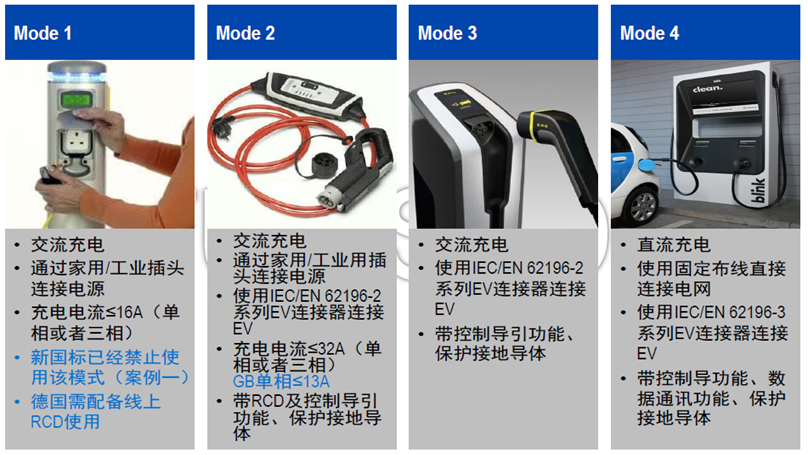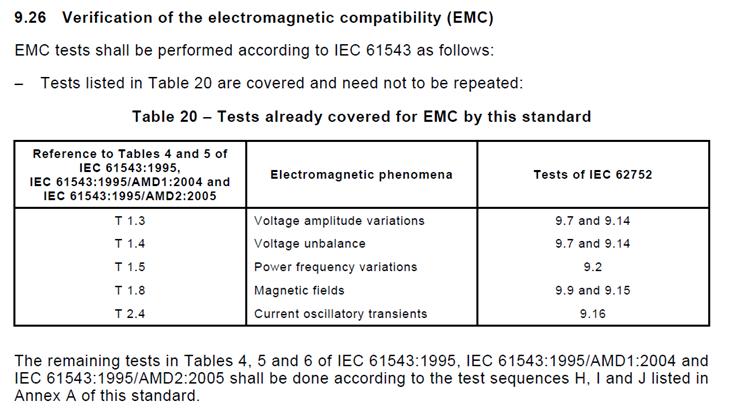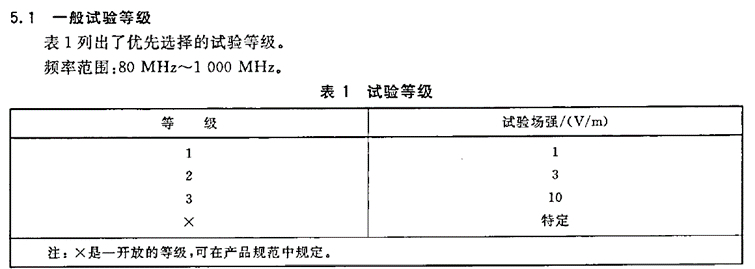With the popularity of electric vehicles, the safety regulations for charging electric vehicles are becoming more and more strict. As we all know, there are four modes for charging electric vehicles. Mode 1 has been explicitly prohibited because it cannot provide effective protection; mode 2 is based on mode 1 On the charging cable, a protection box (IC-CPD) is provided, which can display and protect when the fault current is generated; mode 3 is charged by AC charging pile; mode 4 is charged by DC charging pile.
Taking Mode 2 as an example, in order to ensure the safety of the charging process, many OEMs, especially foreign car manufacturers and domestic joint venture car manufacturers, are required to protect the leakage of 6 mA DC, according to the standard IEC 62752-2016. The traditional leakage detection technology cannot achieve DC 6mA detection. MAGTRON's RCMU series leakage sensor can meet this requirement and can detect various other complicated waveform leakage (Type B leakage).

Figure 1 Four modes of electric vehicle charging
At the same time, the electric vehicle mode two-charged cable control protector (IC-CPD) belongs to the AC slow charge, which can be charged by the low valley electricity price period. The IC-CPD mainly meets the garage which is not suitable for installing the charging pile and as a backup charging. In principle, in principle, every electric car passenger car needs to be equipped with one. The use scene is not fixed like a charging pile, it may be in the garage or there may be any place with a socket, so it faces the electromagnetic environment. It will be more complicated and needs to ensure its good electromagnetic compatibility (EMC).
As the most important component of the IC-CPD to realize the leakage protection function, the leakage current sensor plays a vital role in the human body safety protection during the charging process. Its EMC problem needs to be considered.
According to the requirements of the IEC 62752-2016 standard for EMC, the EMC test standard is based on IEC 61543 "Residual current-operated protective device (RCDs) for household and similar use-Electromagnetic compatibility". That is, the electromagnetic compatibility standard of residual current protection devices for household and similar purposes.

Figure 2 Test requirements for EMC in IEC 62752-2016
The standard electromagnetic environment specified in IEC 61543 refers to the environmental conditions occurring in equipment connected to a low-voltage public power grid or similar lines, including low-frequency electromagnetic phenomena, high-frequency electromagnetic phenomena, and electrostatic discharge. Low frequency electromagnetic phenomena include harmonics, interharmonics, signal voltage, voltage amplitude variation, voltage imbalance, power frequency variation, and DC component radiated magnetic field in an induced low frequency voltage AC grid; high frequency electromagnetic phenomena include transmission to oscillating voltage or current One-way transient conduction (pulse group) of ns level, one-way transient conduction of ms and us stages, and high frequency radiation of transient oscillating current; electrostatic discharge is an electrostatic discharge material that may exist for low humidity.
The electromagnetic compatibility test of IEC 61543 for residual current protectors mainly includes two aspects, namely electromagnetic emission (EMI) and electromagnetic immunity (EMS) tests. IC-CPD is a passive protection component. Generally, there is no high-frequency oscillator inside, and it does not emit radiation externally. Therefore, EMI test is generally not performed. So we need to focus on the EMS problem. We all know that the sensor is a low-level electronic device that handles weak signals. The leakage current sensor power line passes through the sensor. Although there is sufficient electrical isolation, the PCB is small in size. The distance from the power line is very close, and the interference is easily coupled to the B-type leakage current sensor. In a complex electromagnetic environment, extremely small external electromagnetic interference may cause great errors or even erroneous results to the output.
IC-CPD The RF radiation electromagnetic field immunity test in the EMC test is a headache in the product certification test process. While engineers are constantly optimizing the PCB design, they must also select components with better immunity. The current sensor electromagnetic field immunity has put forward higher requirements.
The national standard IDT version corresponding to IEC 61543 is GB 18499 "Residual Current Action Protector (RCD) Electromagnetic Compatibility for Household and Similar Applications", which is equivalent. The figure below shows the test requirements for radiated electromagnetic fields in GB 18499.

Figure 3 GB18499 test requirements for radiated electromagnetic fields

Figure 4 Contents of 5.1 in GB/T 17626.3-2003
GB/T 17626.3-2003 "Electromagnetic compatibility test and measurement technology RF electromagnetic field radiation immunity test" specifies three test levels, corresponding to 1V / m, 3V / m, 10V / m field strength (GB / T 17626 - In 2016, a new level is added, corresponding to a field strength of 30V/m) and a frequency range of 80MHz to 1GHz. The residual current action protector corresponds to level 2, and the test field strength is 3V/m.
By testing MAGTRON's RCMU series leakage current sensor, the actual electromagnetic radiation immunity is vertical 10V/m field strength, and the output of 80M~1GHz radiation frequency can remain stable without affecting its detection.

Figure 5 RCMU series leakage current sensor electromagnetic radiation test
IEC 62752 is actually a basic standard for Type B IC-CPD. It considers IC-CPD as a component outside the car, so its EMC requirements are relatively low. We generally think that 3V/m field strength is the requirement of commercial grade products, 10V/m is the requirement of industrial grade products, and the requirements of car gauge grades are above 100V/m. The requirements of different OEMs are also different, roughly from 100V/m to 140V. Between /m. In fact, we found in the cooperation with the OEM that IC-CPD is a necessary component of electric passenger cars. Its main responsibility is the OEM. Therefore, although IC-CPD is not part of the car, the car manufacturer will still The car gauge requires IC-CPD, and MAGTRON's RCMU leakage current sensor passed the test of 140V/m in the IC-CPD machine test of an OEM!
Magtron's overall SoC chip solution based on iFluxgate technology provides safe and reliable components for electric vehicle charging type B leakage protection.
ã€references】
[1] IEC 62752-2016 In-cable control and protection device for mode 2 charging of electric road vehicles (IC-CPD)
[2] IEC 61543-1995 Residual current-operated protective device (RCDs) for household and similar use-Electromagnetic compatibility
[3] GB/T 17626.3-2003 Electromagnetic compatibility test and measurement technology RF electromagnetic field radiation immunity test
[4] GB 18499 Residual current operated protector (RCD) for household and similar purposes Electromagnetic compatibility
Magtron is a global leader in All Programamble PGA Sensors and Magneto-Sensor SoCs, delivering a new generation of smarter, higher power density and differentiated magnetoelectric sensing system solutions. Driven by the industry's general trend of industrial IoT and sensor intelligence, Magtron's innovative technologies such as Quadcore, RCMU, and iShunt enable magnetoelectric sensing, especially current sensor applications, to be highly integrated and easy to use while achieving high performance. Power density is also the first time to achieve high-speed software for sensors.
This article is authorized by Magtron engineer: Yangtao. If you need to reprint, please contact MAGTRON company~!
Spin Motor,Mini Spin Motor,Washing Machine Spin Motor,Automatic Wash Motor
WUJIANG JINLONG ELECTRIC APPLIANCE CO., LTD , https://www.jinlongmotor.com